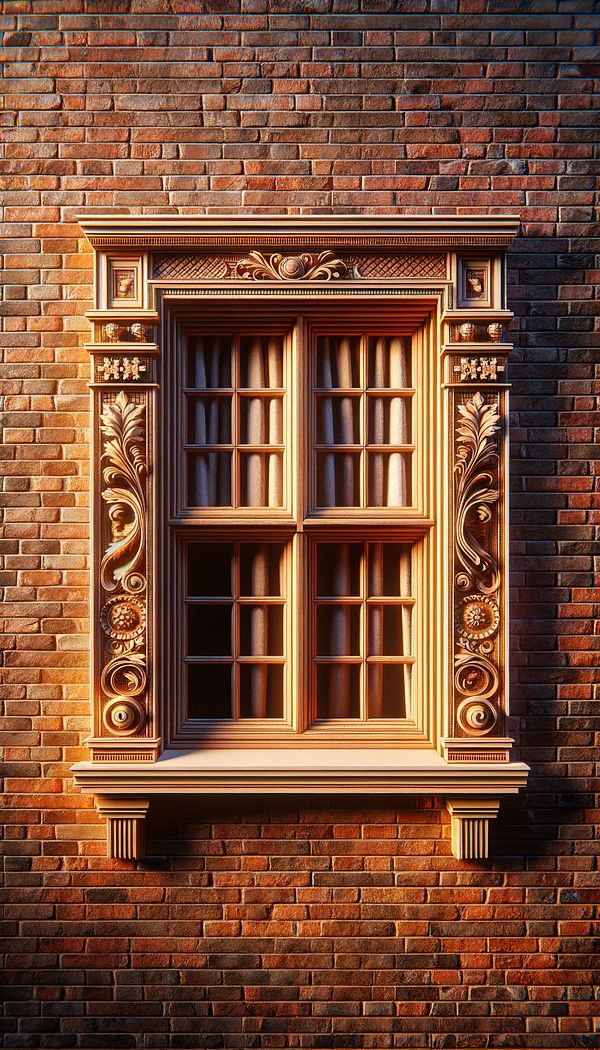What is a Sash?
A sash is a frame that holds glass panes in a window or door.
Description
In the realm of interior design, a sash is not just any ordinary part of a window or door; it plays a crucial role in both the functionality and aesthetics of these elements. Essentially, a sash is the movable frame or frames that hold the panes of glass within a window or door setup. It can be designed to open through various mechanisms, such as sliding up and down, or swinging in and out, depending on the style of the window or door.
The design and materials of a sash can greatly influence the overall look and feel of a room. From classic wooden sashes featuring intricate details that add a historical charm to modern, minimalistic aluminum or vinyl sashes that offer clean lines and durability, the choice of sash can dramatically change the ambiance of a space. This makes understanding sashes a crucial aspect of both functional and stylistic considerations in interior design.
Furthermore, sashes can come equipped with additional features such as thermal insulation, noise reduction, and security enhancements, making them integral to the comfort, safety, and energy efficiency of an interior space.
Usage
An example of a sash being used in interior design is in a traditional Victorian home, where wooden sash windows with ornate detailing can reinforce the historical aesthetics of the architecture. On the other hand, in a contemporary minimalist apartment, sleek aluminum sash windows can enhance the modern, clean lines of the design.
FAQs
-
Can a sash be replaced without replacing the entire window?
Yes, it's possible to replace just the sash of a window without replacing the entire window. This can be a cost-effective way to upgrade windows, improving their functionality, energy efficiency, or aesthetics.
-
Are there different types of sashes based on their movement?
Yes, sashes can vary based on their mechanism of movement. Common types include double-hung (where both the upper and lower sashes can move up and down), single-hung (where only one sash moves), and casement (where the sash swings outward or inward).
-
Do the materials of a sash affect its performance?
Absolutely. The material of a sash can affect its durability, insulation properties, and maintenance requirements. For instance, wood offers natural insulation but may require more maintenance, while vinyl and aluminum are more durable and require less upkeep.
Practical Application
When planning to incorporate sashes in interior design, it's important to consider the architectural style of the space, the desired level of insulation and noise reduction, and the overall aesthetic goals. Crucially, ensuring a harmony between the sash style, material, and the room's decor can greatly enhance the design's coherence and ambiance.
-
Architectural Elements199 articles
-
Decorative Techniques322 articles
-
Window Treatments65 articles
-
Materials & Textiles360 articles
-
Construction & Building86 articles
-
FixtureIn interior design, fixtures refer to items that are attached to the property in a way that makes them a permanent part of the space.
-
Crest RailA crest rail is the uppermost part of a chair's back, often decorative and providing structural support.
-
CauseuseA causeuse is a small sofa, typically designed to seat two people.
-
MDF - Medium Density FiberboardMDF, or Medium Density Fiberboard, is a type of engineered wood product.
-
Art NouveauArt Nouveau is an international style of art, architecture, and applied art, especially the decorative arts, that was most popular between 1890 and 1910.
